



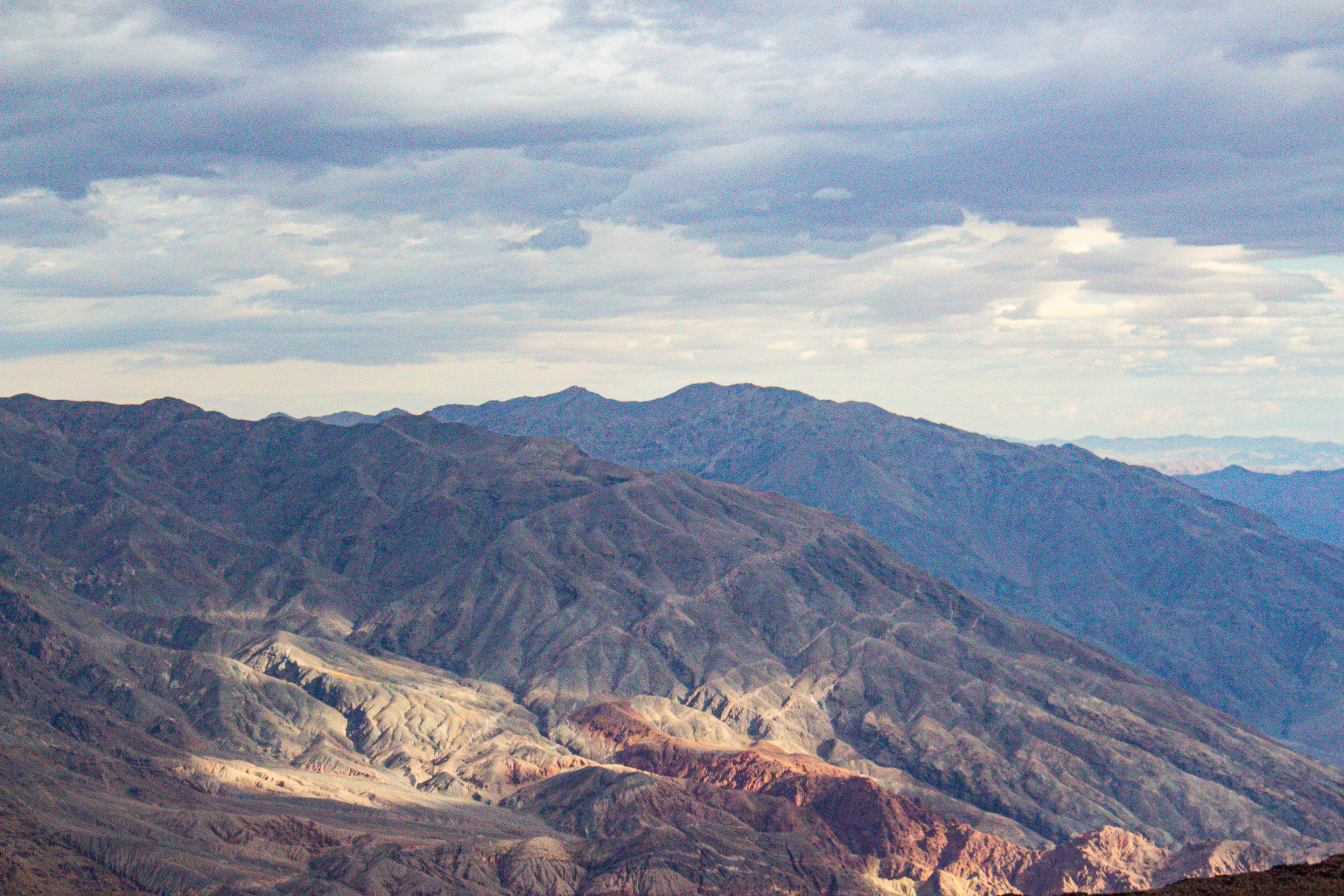












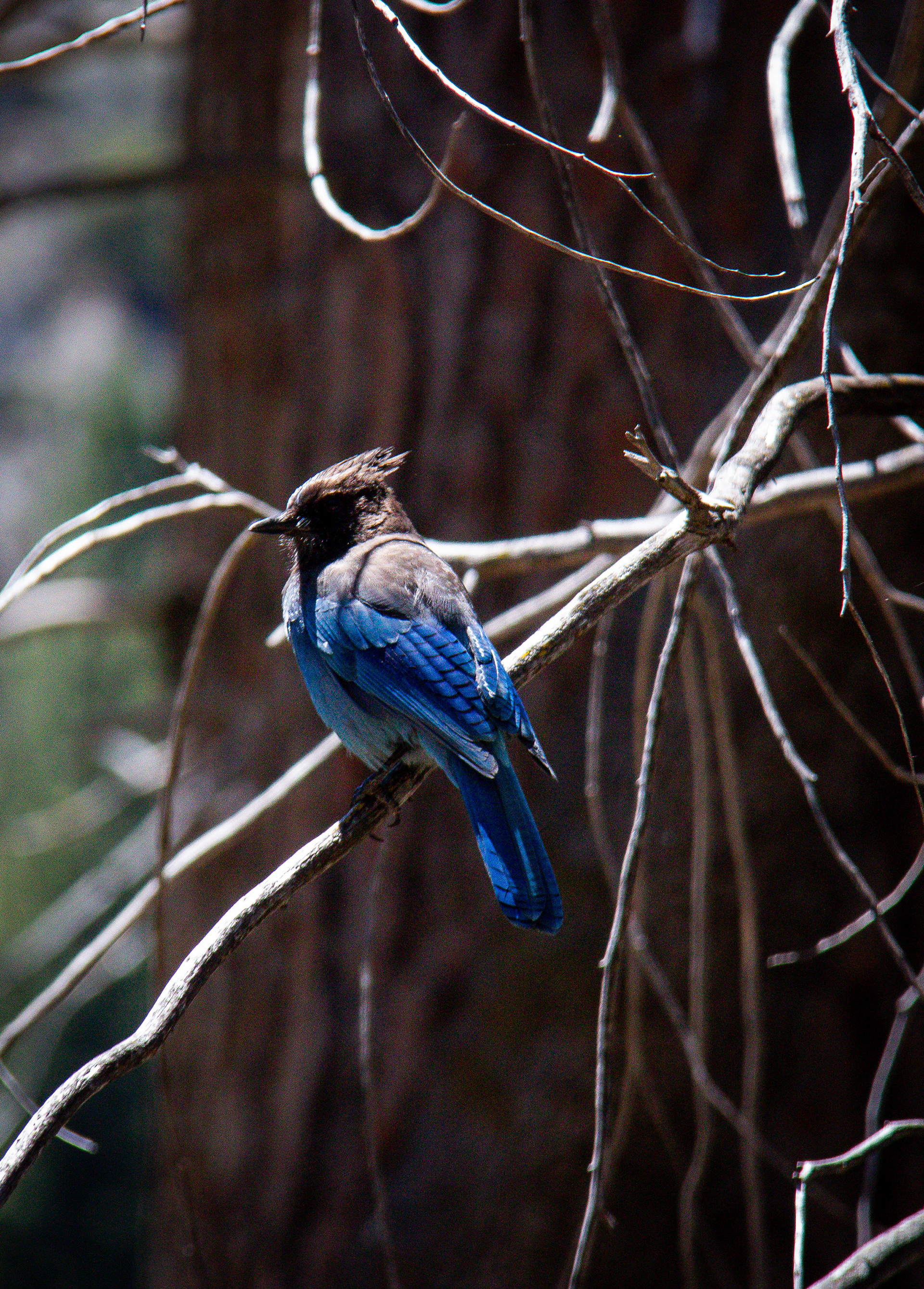

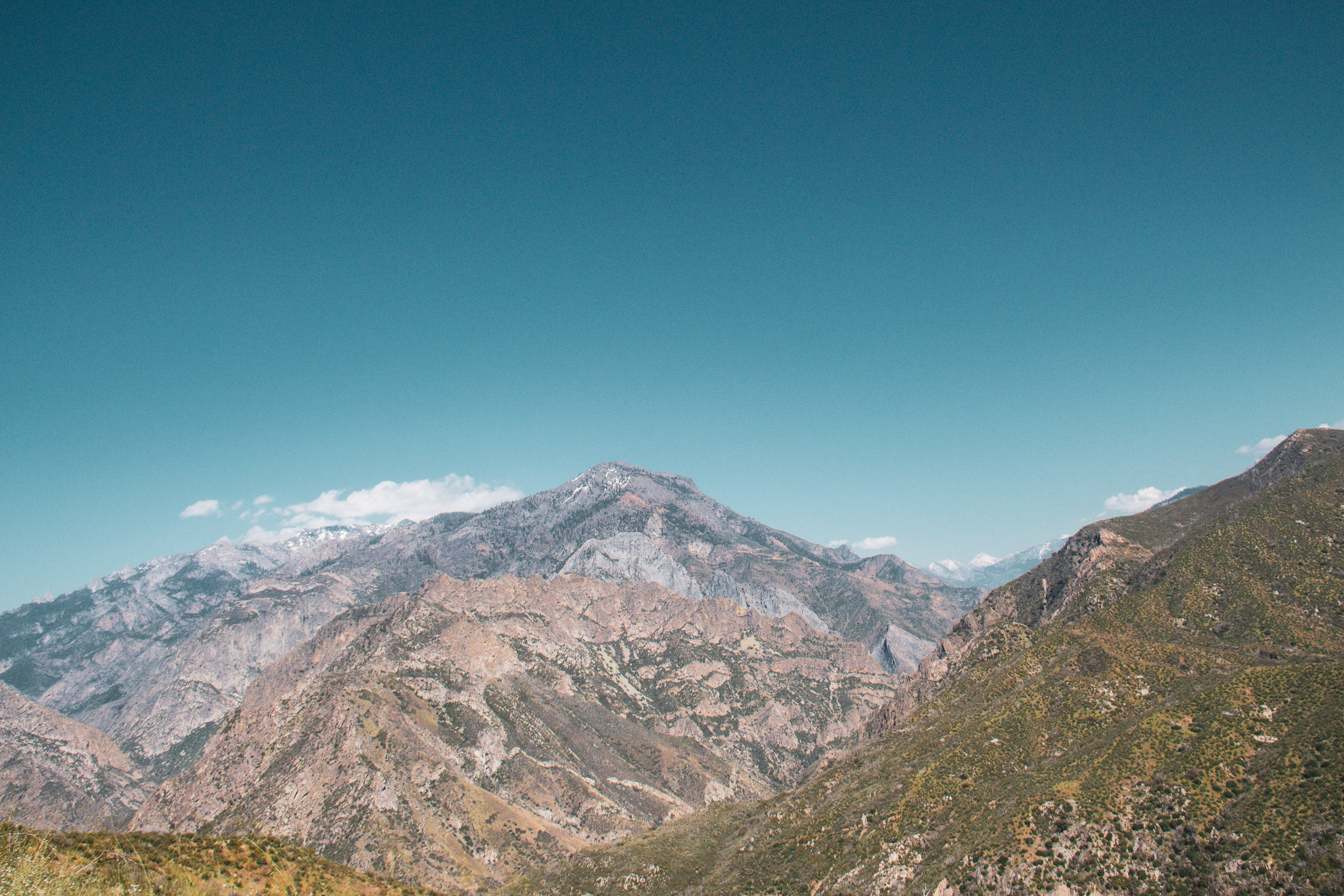


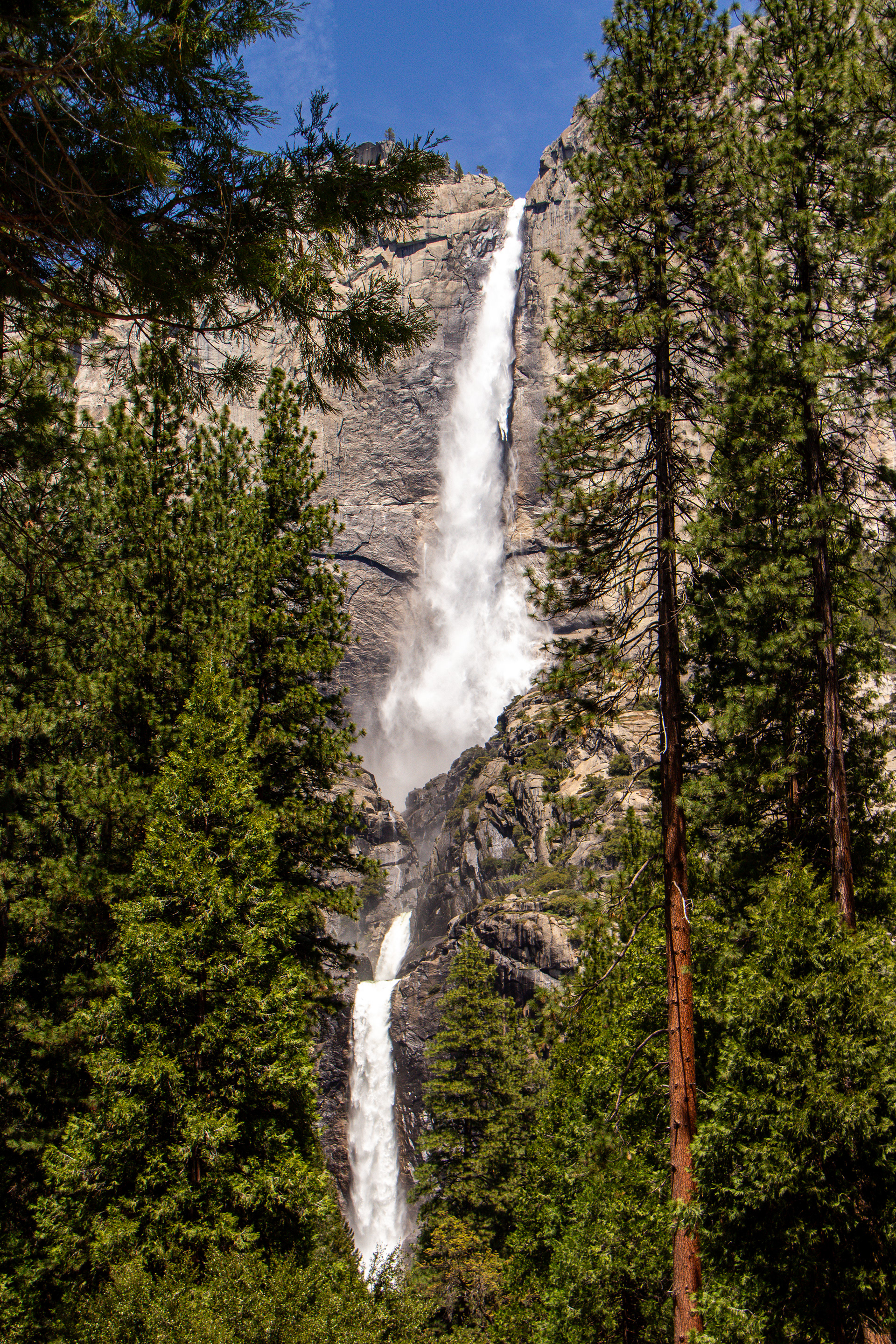
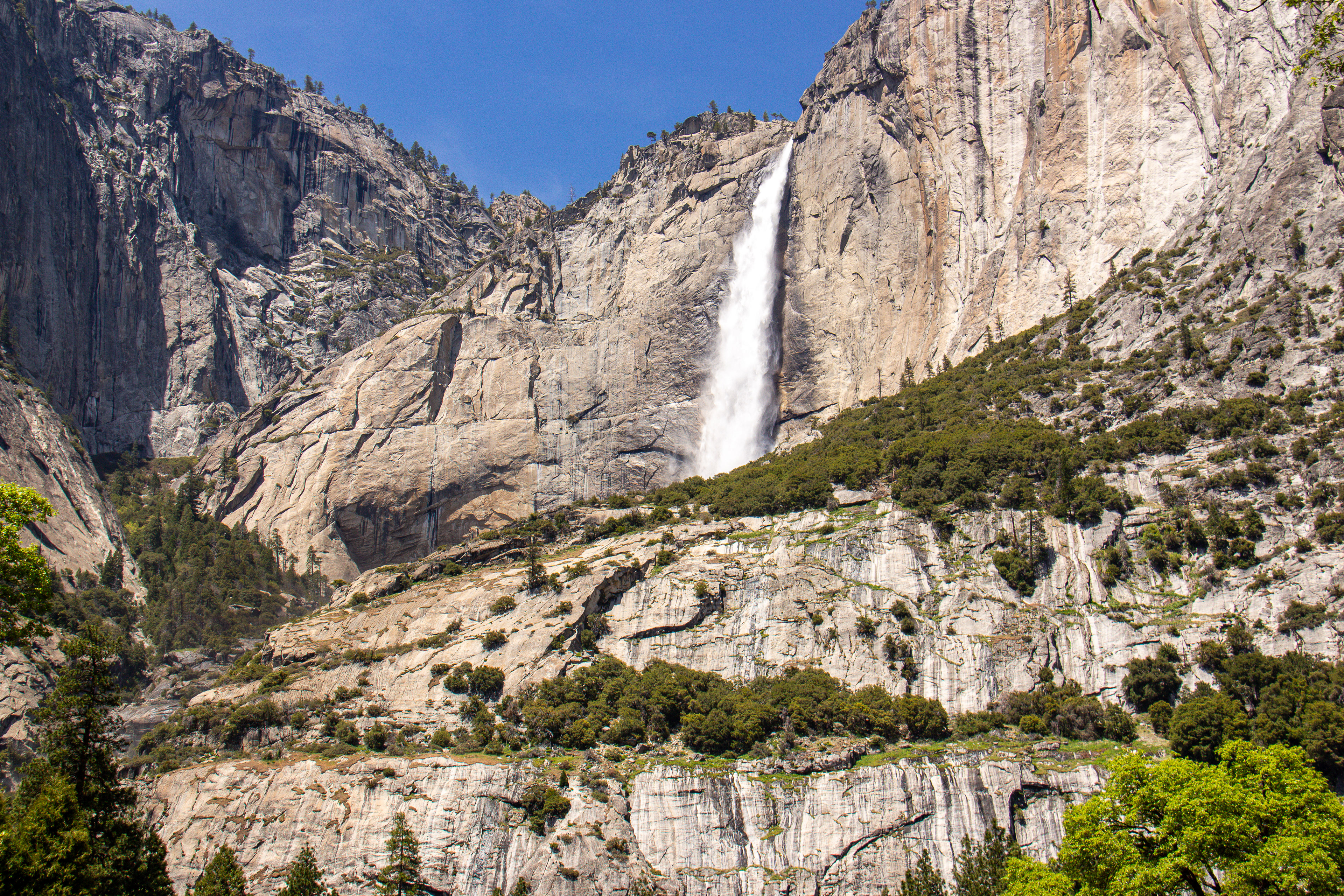










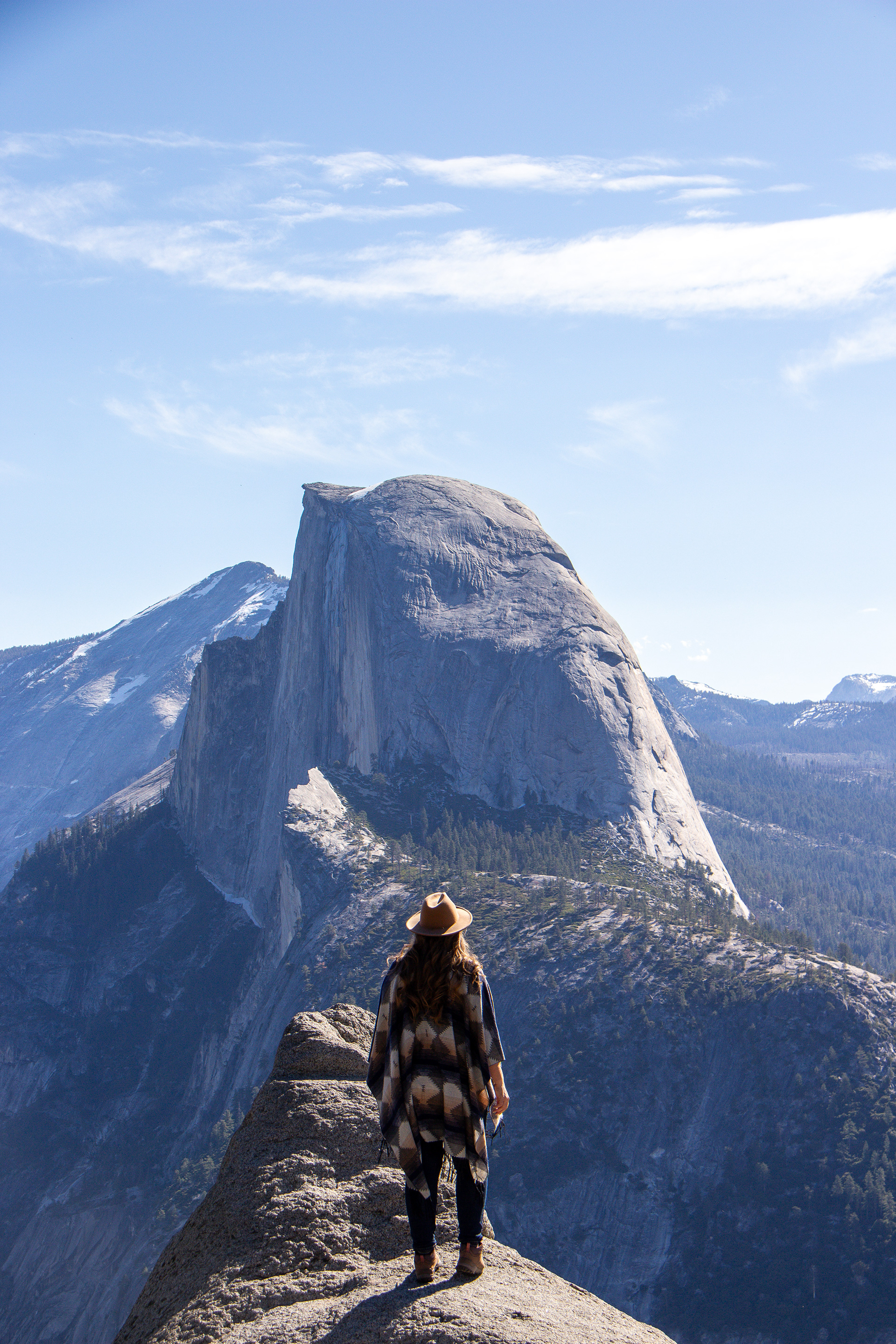

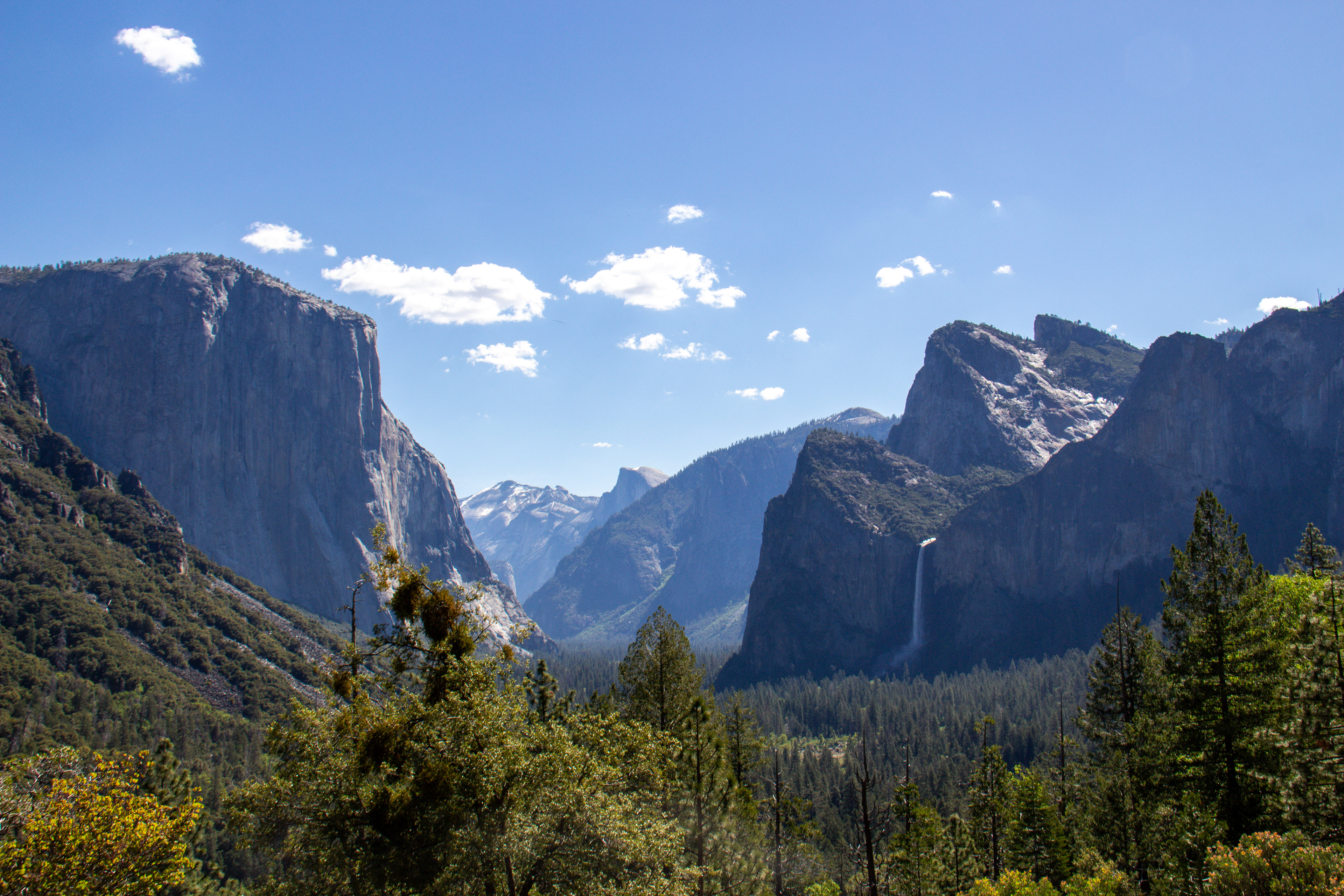
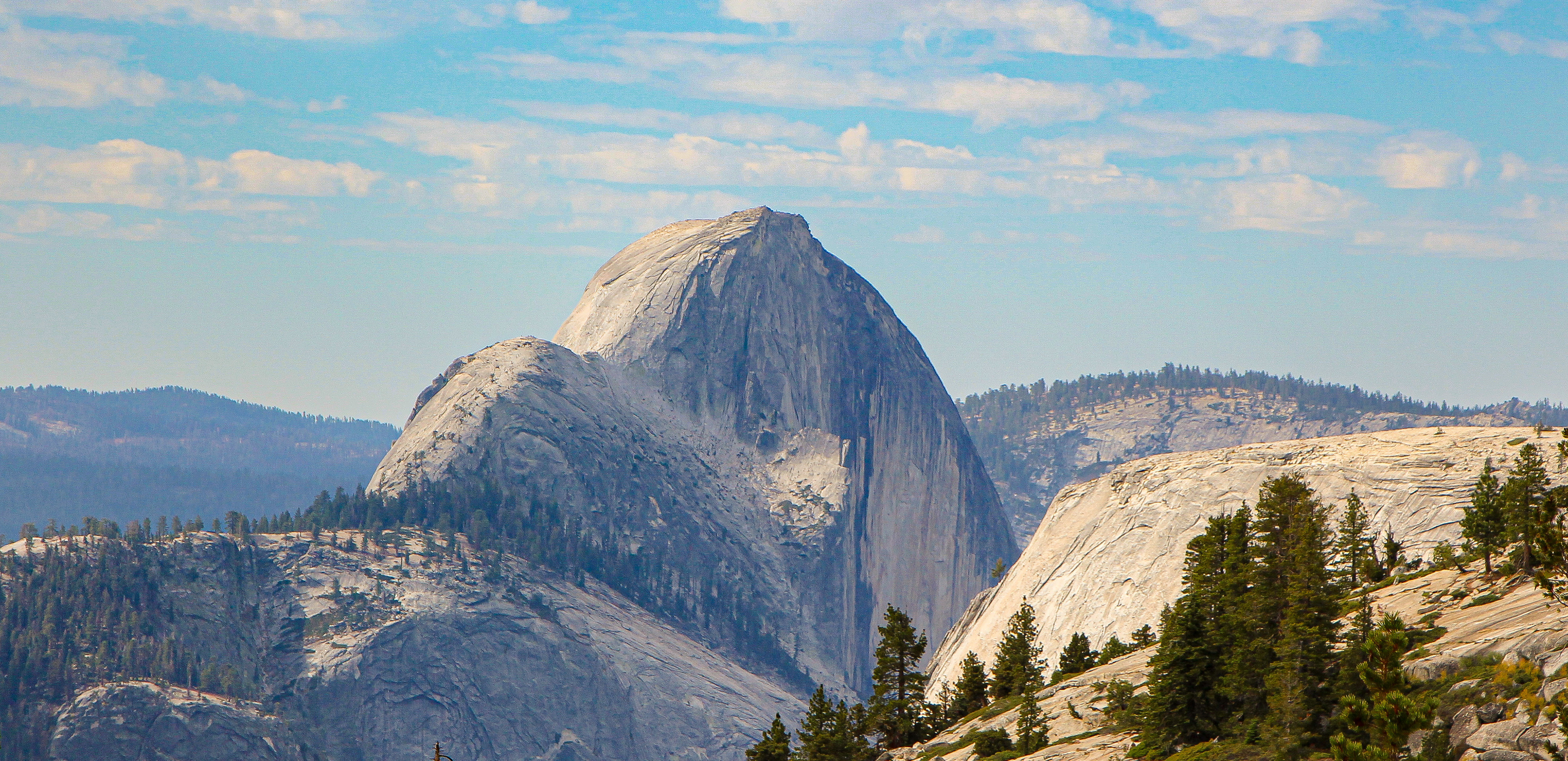

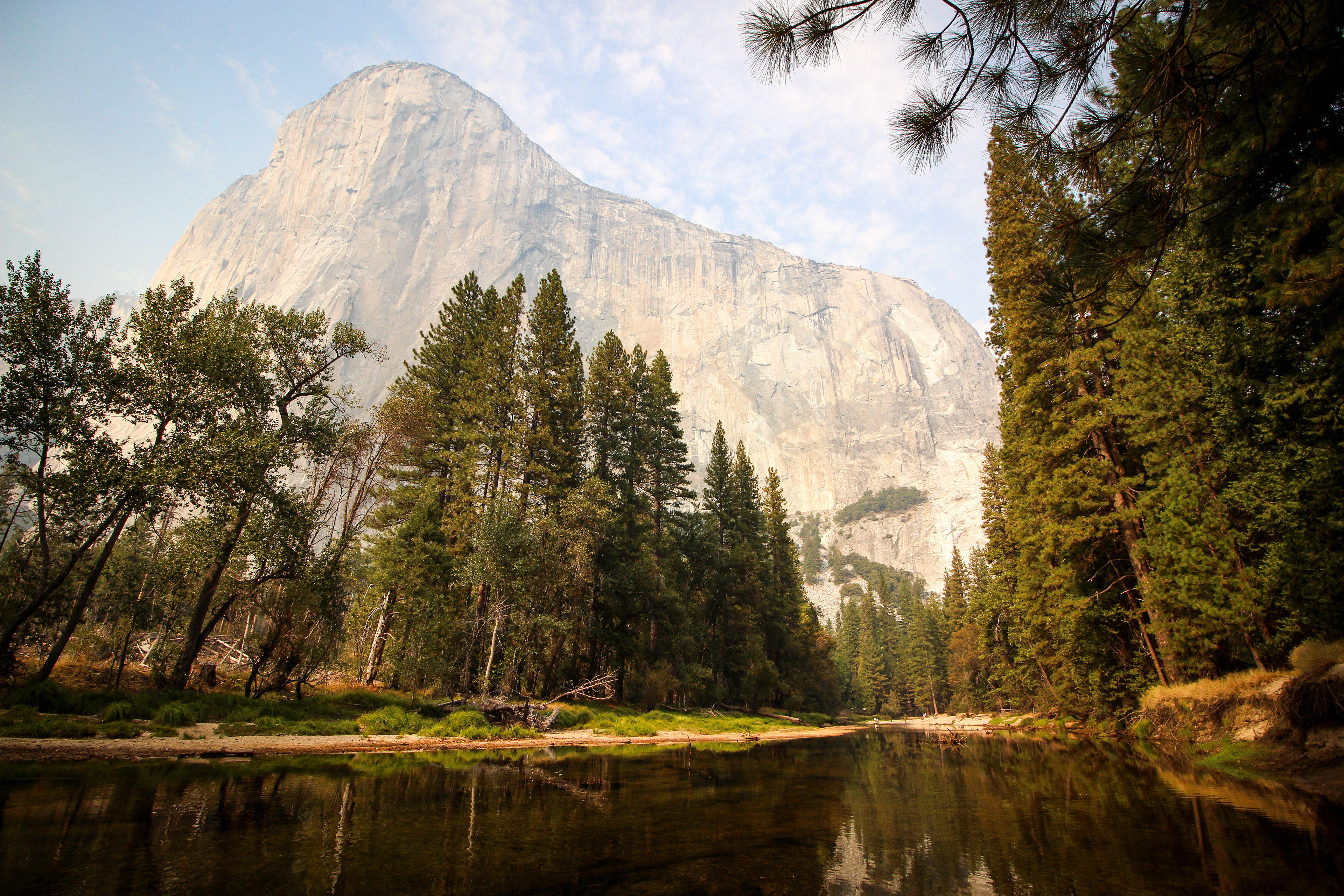
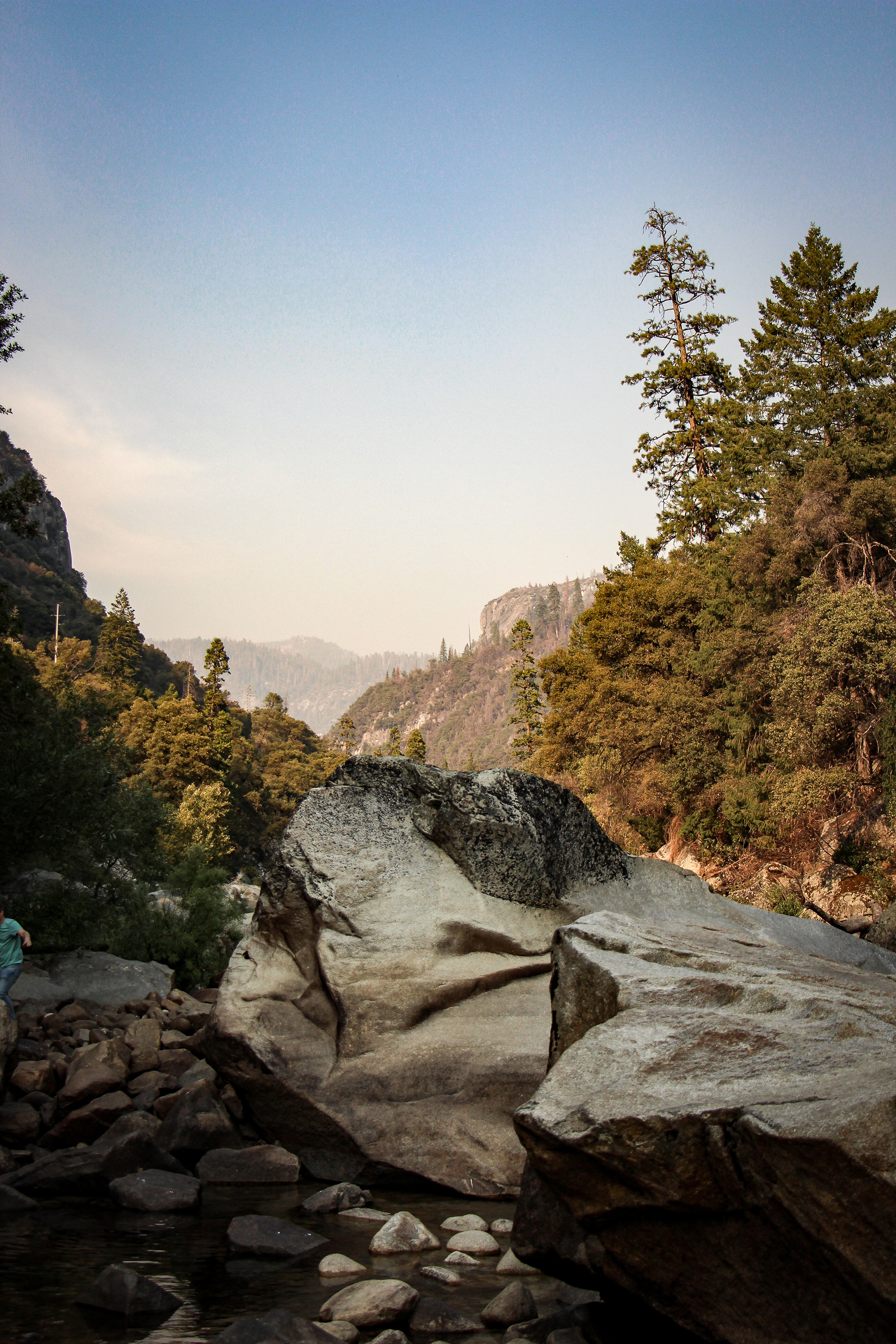



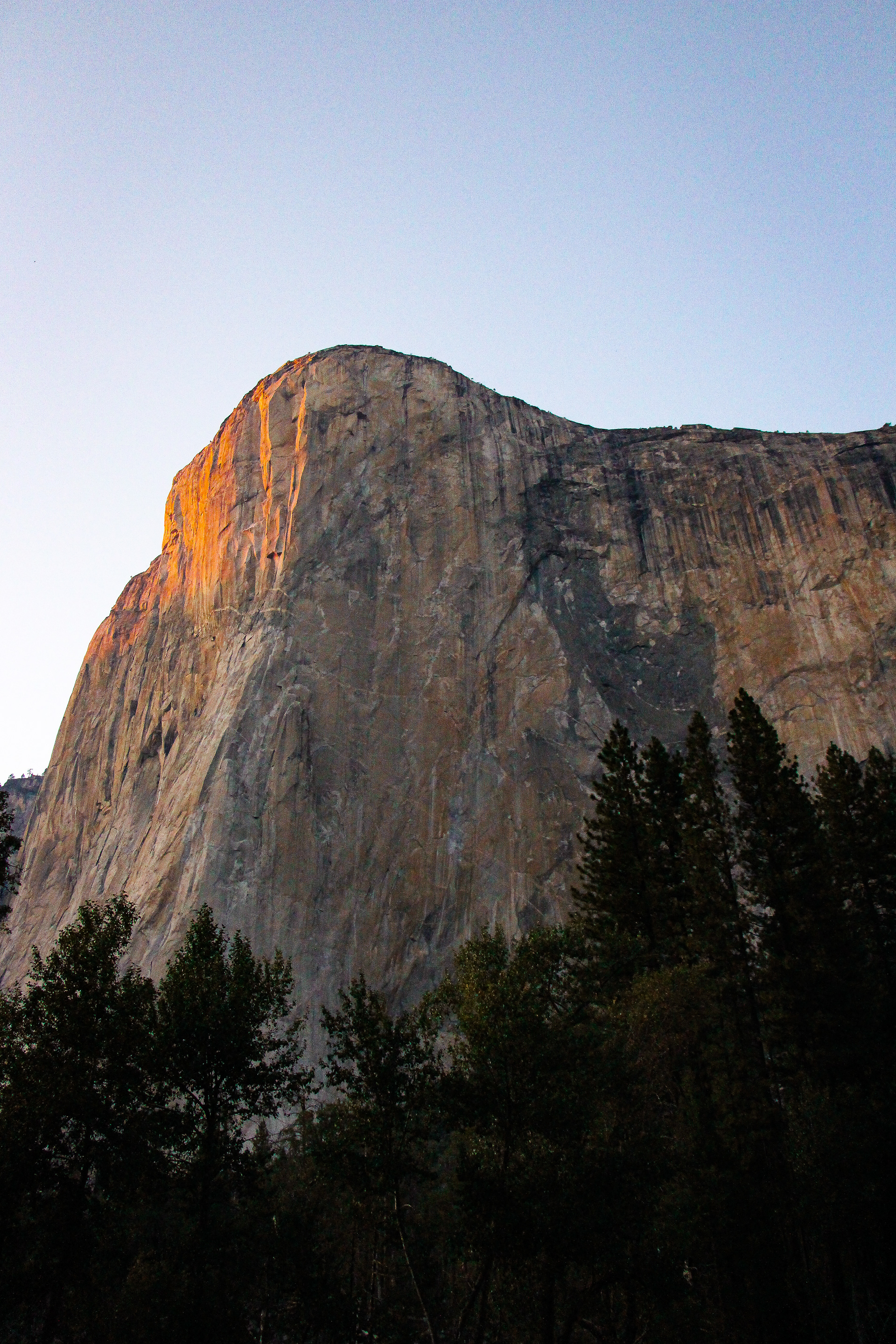


California is a state shaped by its wild lands. Beneath the surface of its cities and highways lies a quieter, older California - one carved by wind, water, and tectonic force. Nowhere is this more visible than in its national parks, where the natural world is preserved in all its raw and breathtaking beauty.
At the northern edge of the state, towering redwoods rise through the coastal fog in silent cathedrals of green. Redwood National and State Parks protect these ancient giants - the tallest trees on Earth - whose presence evokes both wonder and humility. Just inland, Lassen Volcanic National Park bubbles and steams with geothermal life, a reminder that California sits atop one of the most active geologic zones in the world.
Further south, the Sierra Nevada casts its long shadow across the state. Here lie the crown jewels: Yosemite, Kings Canyon, and Sequoia National Parks. Yosemite is pure drama—glacial valleys, granite monoliths, and thundering waterfalls. Half Dome and El Capitan loom over meadows where black bears forage and mule deer roam. In neighboring Sequoia, the General Sherman Tree - among the largest living organisms on the planet - stands as a living monument to time. These parks shelter ecosystems that range from chaparral to alpine tundra, with species adapted to life at every elevation.
California’s deserts, too, hold national treasures. Death Valley National Park, the hottest place on Earth, is a land of extremes: salt flats stretching endlessly under an open sky, canyons painted in mineral hues, and rare spring wildflowers that bloom after elusive desert rains. In Joshua Tree National Park, two desert ecosystems collide, where spiky Joshua trees stand watch over granite outcrops and cholla cactus gardens glow at dusk.
To the west, Point Reyes National Seashore and Channel Islands National Park protect fragile coastal and marine environments. These parks are rich in biodiversity, home to elephant seals, sea otters, migrating whales, and endemic island foxes found nowhere else on Earth. Offshore, kelp forests sway in the current, anchoring entire marine ecosystems.
California's national parks are more than scenic escapes, they are living archives of the state’s natural heritage. They protect rare species, store carbon in ancient forests, and safeguard watersheds that support life far beyond park boundaries. They are also places of refuge, offering people a chance to reconnect with the rhythms of nature.
In a state defined by movement and change, the parks are constants, reminders of what was, and what still endures. They ask for our awe, our care, and our protection, so that California’s wild heart may continue to beat for generations to come.
